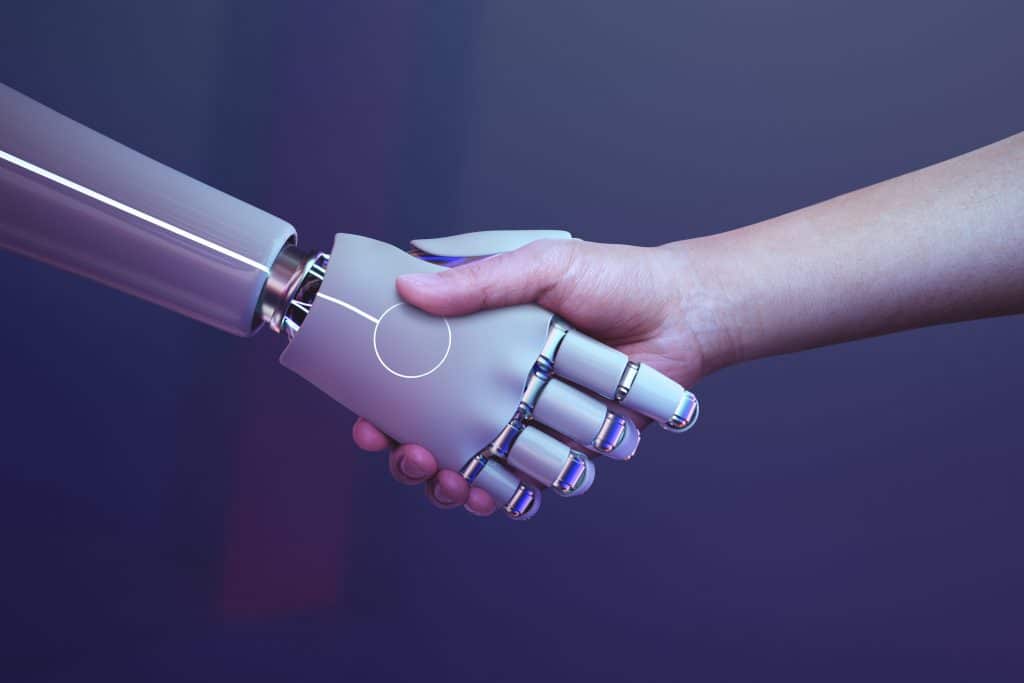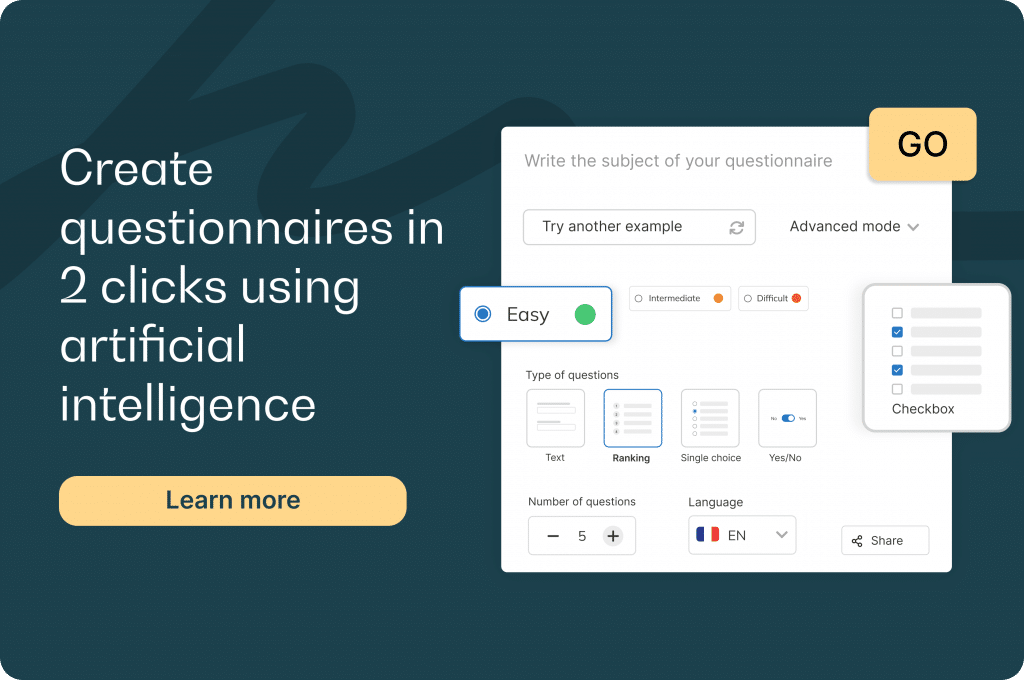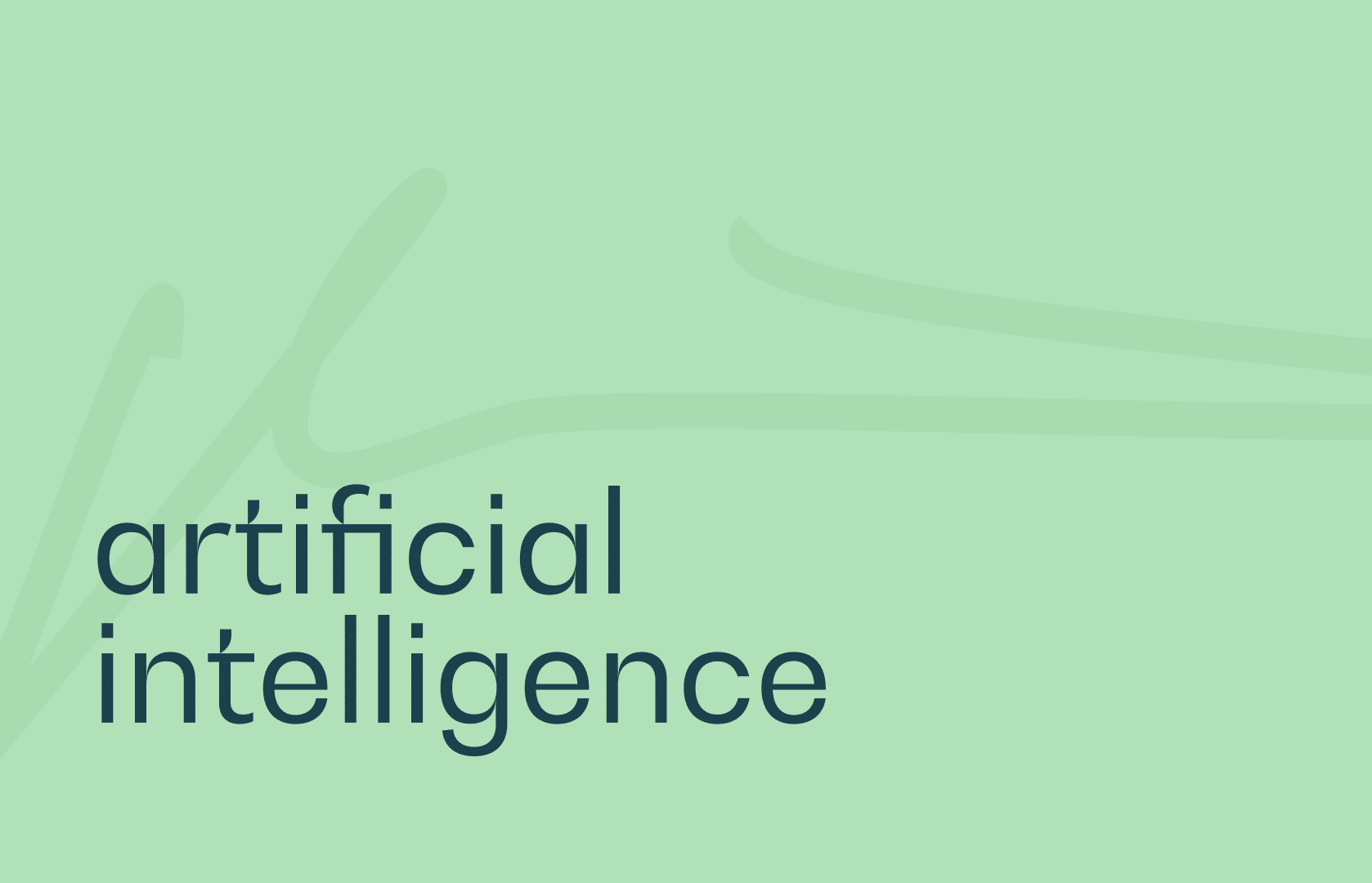Introduction
Generative artificial intelligence (generative AI) is profoundly transforming many sectors, and the field of training is no exception. Capable of producing text, images, sound, or even code, this technology paves the way for a new pedagogical era—more agile, personalized, and interactive. Tools like ChatGPT, Synthesia, and Gamma already make it possible to generate learning materials in just seconds.
But this revolution also raises questions: how can we ensure the quality of the content generated? Can assessments remain reliable? And what is the impact on the role of trainers?
In this article, we explore the main opportunities offered by generative AI, as well as the challenges it poses for training organizations.

What is generative artificial intelligence?
Generative AI refers to a category of artificial intelligence capable of creating original content from a simple prompt. It relies on models trained on billions of data points—texts, images, videos, lines of code…
Unlike traditional AI, which focuses on predicting or analyzing, generative AI produces new content. This includes:
- Texts (ChatGPT, Jasper, Notion AI)
- Images (DALL·E, Midjourney)
- Videos (Synthesia)
- Presentations (Gamma, Tome)
- Quizzes or learning modules
This technology is mainly based on large language models (LLMs) and deep neural networks, and is now accessible to everyone through simple interfaces.

Opportunities offered by generative AI in training
Personalized learning
With generative AI, it becomes possible to automatically adapt content to the specific needs of each learner. The tool can provide simpler explanations, translate materials into different languages, or adjust the level of difficulty—boosting motivation, engagement, and success.
Rapid creation of learning materials
Trainers can quickly create training materials such as summaries, quizzes, assessments, or case studies. AI also makes it easy to convert the same content into different formats (text, video, presentation), improving accessibility.
Trainer support
Generative AI can serve as a pedagogical assistant—finding examples, rephrasing concepts, summarizing long documents, or creating scenarios. It also supports knowledge updates and research.
Enhanced accessibility
AI tools can produce content that is accessible to people with disabilities, for example through automatic transcription or simplified language. AI can also act as a virtual tutor, guiding learners throughout their journey.
Real-world applications in training
Generative AI is not just theoretical—it is already being used in many training environments, from corporate learning to higher education and lifelong learning. These applications fit into multiple stages of the learner’s journey:
- Automated creation of quizzes and assessments
Platforms like Edusign allow you to easily create questionnaires using AI. In just seconds, a trainer can generate a quiz tailored to a specific module, with different question types (multiple choice, true/false, short answers). This allows real-time knowledge testing and adjustment of learning paths based on results. - Generation of diverse learning materials
Generative AI can transform the same content into multiple formats: summarizing a long text, turning an article into a visual presentation, creating a video script, or producing a quick reference sheet—accommodating visual, auditory, or textual learning preferences. - Intelligent tutoring and personalized support
AI-powered chatbots can answer learners’ questions 24/7, explain complex concepts, or guide them to the right resources. They can also simulate professional or language-related dialogues to reinforce skills. - Interactive scenarios and simulations
For soft skills or vocational training, AI can generate realistic scenarios to expose learners to concrete situations—boosting engagement, reasoning, and retention. - Remedial support
When a learner struggles, AI can automatically suggest remedial content tailored to their mistakes, closing skill gaps without holding back the entire group.
These examples show that generative AI is not a gimmick but a real driver of pedagogical efficiency and individualized learning.

Challenges to address with generative AI
- Content reliability – One of the main risks lies in the quality of the information generated. AI can produce errors or fabricate details, so content must be reviewed and validated before distribution.
- Plagiarism and academic integrity – With the rise of generative AI, ensuring the authenticity of learners’ work is harder. Detection tools exist, but assessment methods will also need to evolve (oral exams, simulations, critical analysis, etc.).
- Bias and ethics – AI models are trained on vast datasets that can contain biases, potentially reproducing stereotypes or inaccuracies. Vigilance is key, especially in sensitive areas like HR, education, or healthcare.
- Data protection – The use of AI raises questions about data privacy. Where is the input data stored? Is it retained or sold? Using GDPR-compliant tools is essential, especially in Europe.
How to integrate generative AI responsibly
Adopting AI in training should be gradual, with clear pedagogical, technical, and ethical safeguards. Best practices include:
- Informing learners about AI usage
- Favoring tools transparent about their functioning
- Training educators in responsible AI use
- Creating an AI usage charter for the organization
- Protecting personal data and respecting privacy
A successful integration also relies on collaboration between trainers, instructional designers, training managers, and learners.
Edusign and generative AI: boosting your training
The integration of generative AI into training goes beyond content creation. With Edusign, you can harness this technology to:
- Automatically create quizzes and assessments from your existing materials in seconds.
- Generate personalized feedback for each learner based on quiz results and attendance data.
- Combine pedagogical and administrative data (attendance, e-signatures, results) for precise performance tracking.
- Enhance accessibility by converting documents into adapted formats (simplified summaries, audio versions, translations).
💡 The result: time savings for trainers, more personalized learning paths, and measurable performance improvements for funders and certifying bodies.

Conclusion
Generative AI is reshaping the boundaries of training. Its promises are many—time savings, personalization, accessibility, and diverse formats—but it also brings challenges around ethics, reliability, and pedagogy.
Rather than fearing this revolution, we should approach it with clarity, focusing on human oversight, critical thinking, and technology as a tool in service of learning.




